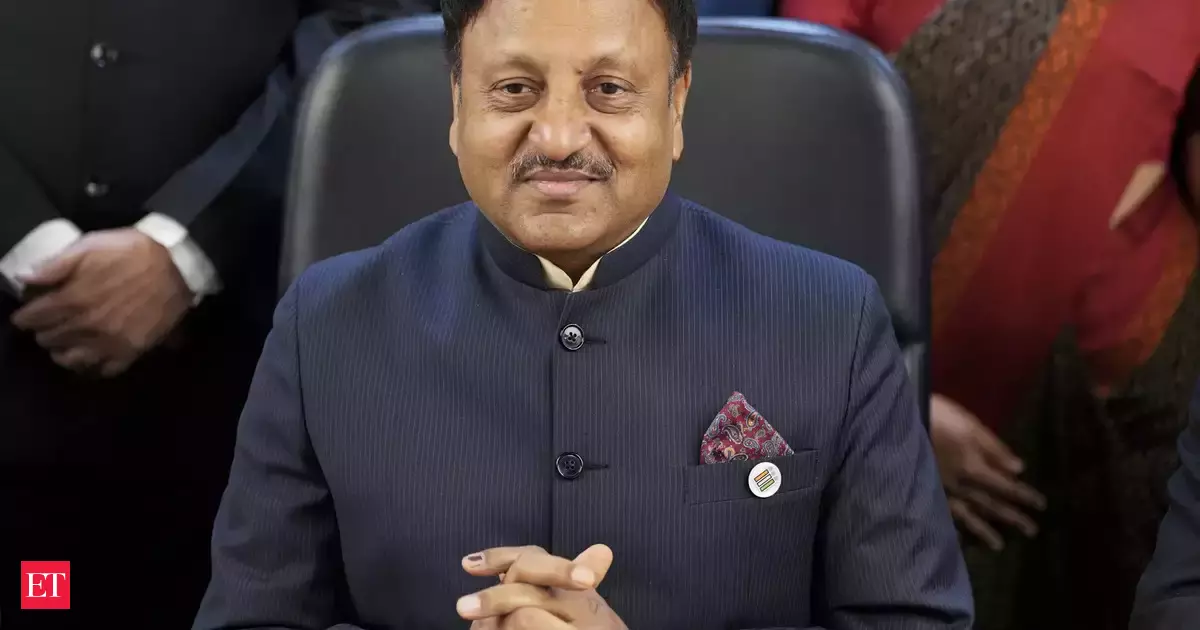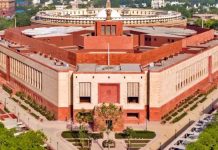- One of the pet agendas of the Bharatiya Janata Party, as reflected in the election manifesto for quite some time, and being bandied about at every available forum is the push for introducing One Nation, One Election in the country. As you are aware, the Union Government set up a high-powered committee last year headed by the previous President Ram Nath Kovind to study the feasibility and practicality of introducing the One Nation, One Election measure. This was one of the most talked about features during the recently concluded Lok Sabha elections with the BJP pitching in quite vociferously. People closely following the BJP’s thrust and push for this measure would be nodding in agreement that the saffron brigade was quite convinced about the move.

PC: Washington post
- As is its wont, the opposition parties led by the Congress were not only dismissive of the proposal as gimmickry but also were unambiguous in mentioning the move as impractical to implement. Indeed, simultaneous polls are a good idea. But implementation will be tricky and impossible sans the opposition agreeing to the move. As mentioned by the Union home minister recently, a bill on the same is expected in Parliament this winter session itself. But the reality of a single election for Lok Sabha and state assemblies is a complicated road ahead. Prima facie, simultaneous polls are sound policy – for governance, administration, convenience, and cost. The Election Commission of India has maintained it can conduct simultaneous elections at an all-India level.
- Yet, when announcing the poll schedule for just 180 assembly constituencies – 90 in Haryana, and 90 in J&K, EC’s explanation to put off Maharashtra’s high-stakes poll was one, troop mobilization, and two, weather. The reality is the simultaneous polls are a gargantuan exercise. There will likely never be enough troops. Extreme weather events are only on the increase, you see. Plus, the big issue of dissolving elected assemblies will have to be considered too. EC had said the earliest it can hold such a poll is 2029. Hypothetically, it means the dissolution of assemblies of Rajasthan, MP, Chhattisgarh, and Telangana after five months of these states’ elections or advancing elections to Maharashtra or Delhi. No elected govt or political party will be seconding the Centre on this.

PC: India times
- Let’s look into the brass-tacks. Five constitutional amendments don’t need the state’s ratification – Articles 83 and 85 on the duration and dissolution of Parliament, Articles 172 and 174 on the duration and dissolution of state legislatures, and Article 356 on the imposition of central rule in states. But an amendment needs two-thirds of Parliament to ratify – no easy task given LS’s 234-strong opposition will have its say. Further, altering the duration of local bodies needs states’ ratification. Even state election commissions may baulk at making ECI the final arbiter of electoral rolls ceding their own authority in India’s federal structure. GOI must know a list of positives alone isn’t enough to make simultaneous elections a reality. It needs all political parties on board.






